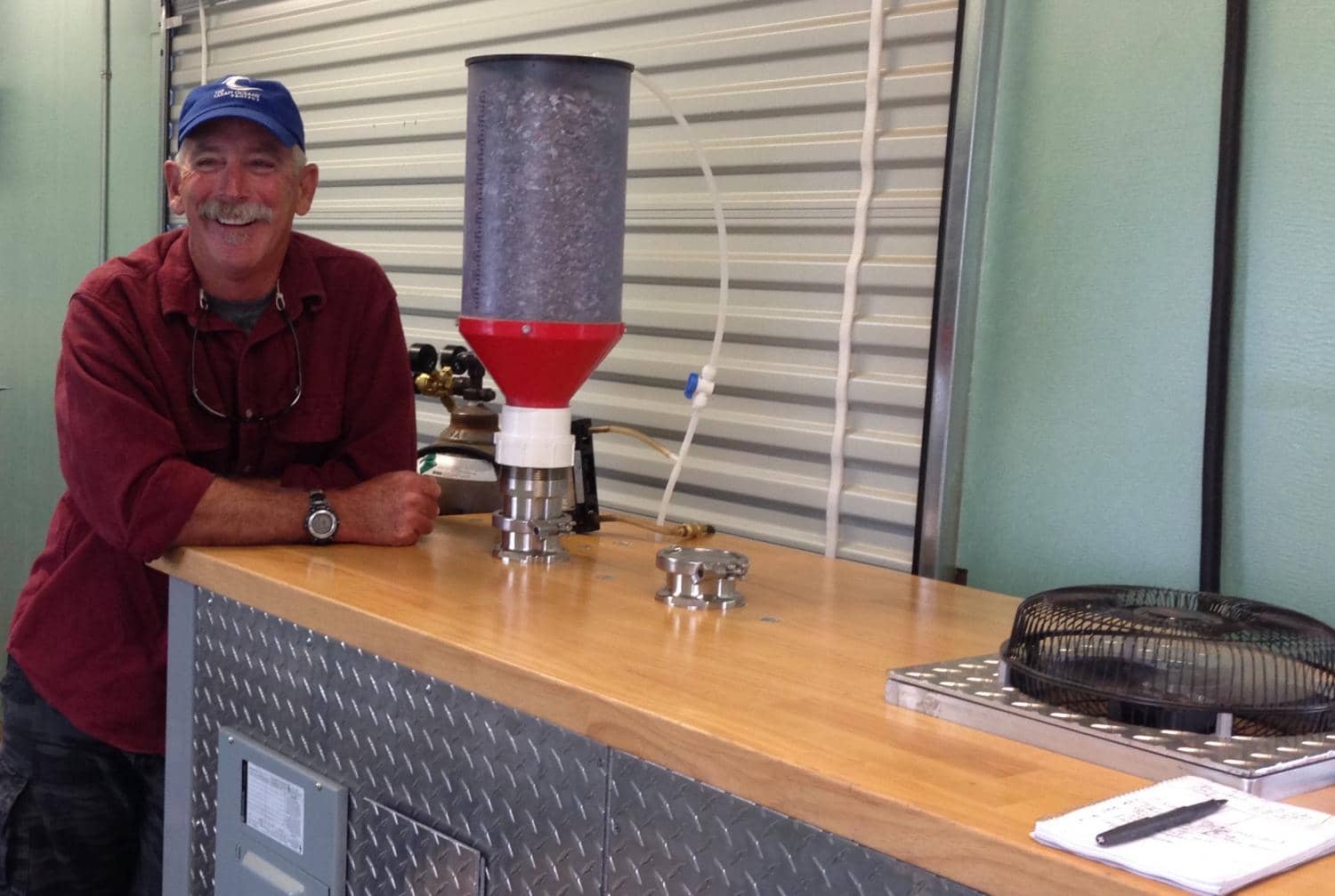Humans have been using plastics for over a century now. Even since then, plastic waste has been filling up our oceans and landfills to never fully decompose. It causes immense dangers to the environment and the marine life. Solutions have been coming to recycle the same plastics into something safer and reusable. Recycled plastics have been used to make fuel, sidewalks, houses or even entire villages. An organic chemist and a sailor have teamed up to make usable diesel fuel from recycled plastics using a shipboard reactor.
Sometimes, creating plastic adds more to pollution than the plastic does itself. Similarly, recycling of these plastics adds more toxins to the environment. To reduce the toxic byproducts of plastic recycling, a team from UC Irvine and the Shanghai Institute of Organic Chemistry developed a method called cross-alkane metathesis. The procedure allows for the plastics to be converted into waxes and oils without producing any harmful substances in the process.
Using the same concept, the team is developing their shipboard reactor that uses the method of pyrolysis. It involves heating of a material at a high temperature in the absence of oxygen. This breaks the polymer down into diesel-like hydrocarbon fuel. Some other companies have been exploring the same idea to produces greener fuels while reducing the plastic waste in landfills.
The creativity behind this team’s idea is not the recycling itself, but the fact that they have created a mobile system that does not require an entire facility but can be fit on a truck or a ship. The machine works at lower temperatures between 350º and 380º C as compared to the 450º C to 600º C range of common reactors. To make this happen, the team employed catalyzed pyrolysis using metallocene deposit on a porous structure as a catalyst to control the reaction. It makes the process quicker, and the resulting fuel does not require further refinement to be used.
Swaminathan Ramesh is an organic chemist behind the project with an experience of 23 years at BASF, who explained:
“The catalyst system also allows us to perform the pyrolysis as a continuous-feed process and shrink the footprint of the whole system. We can scale the capacity to handle anywhere from 200 pounds (91 kg) per 10-hour day to 10,000 (4,536 kg) or more pounds per 10-hour day. Because of its small size, we also can take the technological process to where the plastic wastes are.”
Something as simple as that does not sound entirely realistic. There are a number of problems with the system including the fuel expenditure in collecting the plastic, and sorting of the collected plastics as the system can not recycle all kinds of plastics at the moment. This also adds to the requirement of transporting the plastic to a place where it can be sorted. Explaining the types of plastics, the 40-year-old veteran sailor behind the project, James Holm said,
“The types of plastic that float are the types of plastic that are actually good candidates for this process. That does not include the classic water bottle, the PETE, in that case, we would have to just store that, or nylons or PVCs. But nylons and PVCs don’t float.”
Despite some shortcomings of the project, the inventors believe that the reactor is fairly useful in land-based facilities and will encourage people to recycle their plastic waste better. This will significantly reduce the plastics that end up in landfills and oceans.
The team presented their working reactor at National Meeting and Exposition of the American Chemical Society. You can watch the discussion in the video below:


